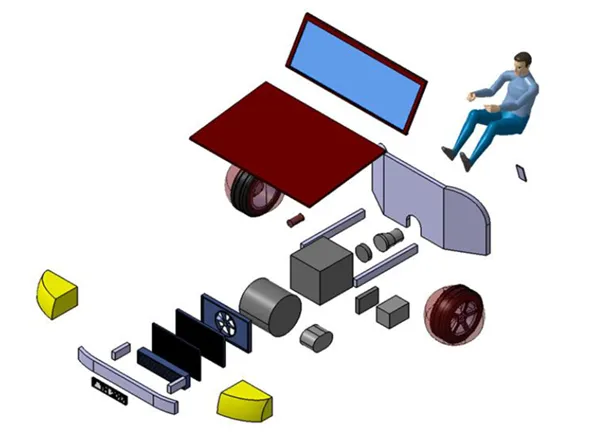Automatic generation and evaluation of vehicle architectures with conventional and electric drivetrain concepts
Project completed - Contact: ftm(at)ftm.mw.tum.de
The definition of vehicle architectures for a modular system is very complex and time-consuming due to the high number of component alternatives (e.g. combustion engines and electric motors) and position variants (including longitudinal and transverse installation).
A methodology and a software tool for the automatic definition of vehicle architectures for modular systems is being developed at the Institute of Automotive Technology, in cooperation with the AUDI AG. The tool uses physically and empirically scalable substitute models for the component sizes and distances between them. Hereby, conventional, hybrid and electric drive concepts are considered. Based on the geometric substitute models, a multitude of vehicle architectures for different performance classes and vehicles can be generated. For evaluation, the required installation space of the architectures is compared with the available installation space. The definition of a uniform architecture for a modular system can be made from the geometrically valid architectures.
The new methodology not only scales dimensions based on vehicle requirements, it also automatically generates and evaluates numerous of vehicle architectures. As a result, the required time and resources can be reduced at the beginning of vehicle concept development.
